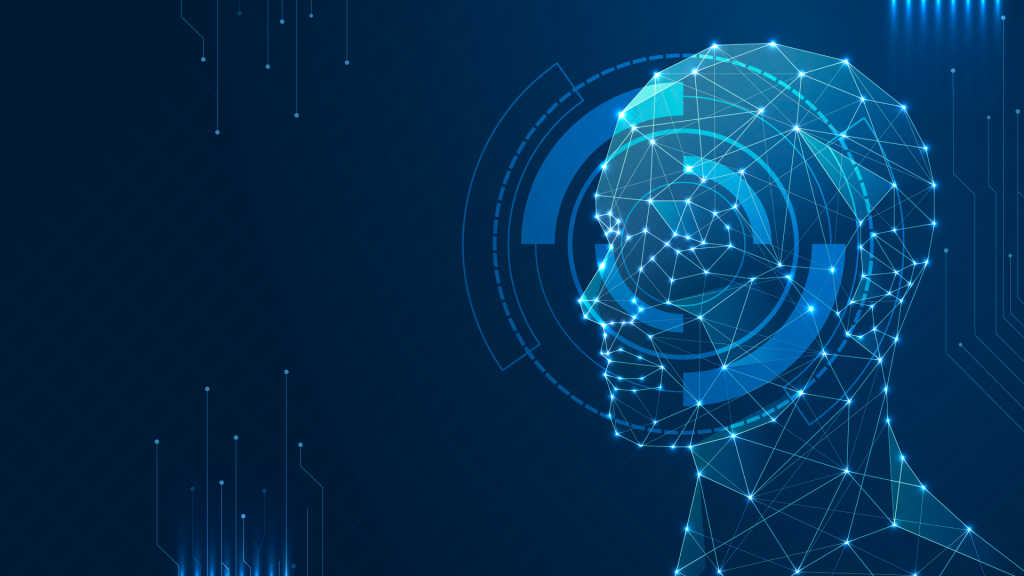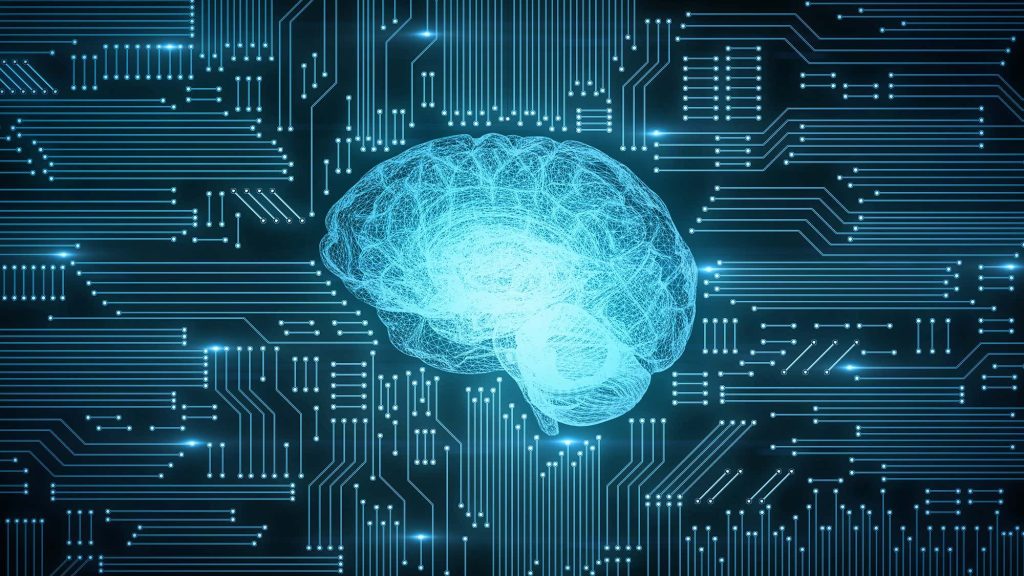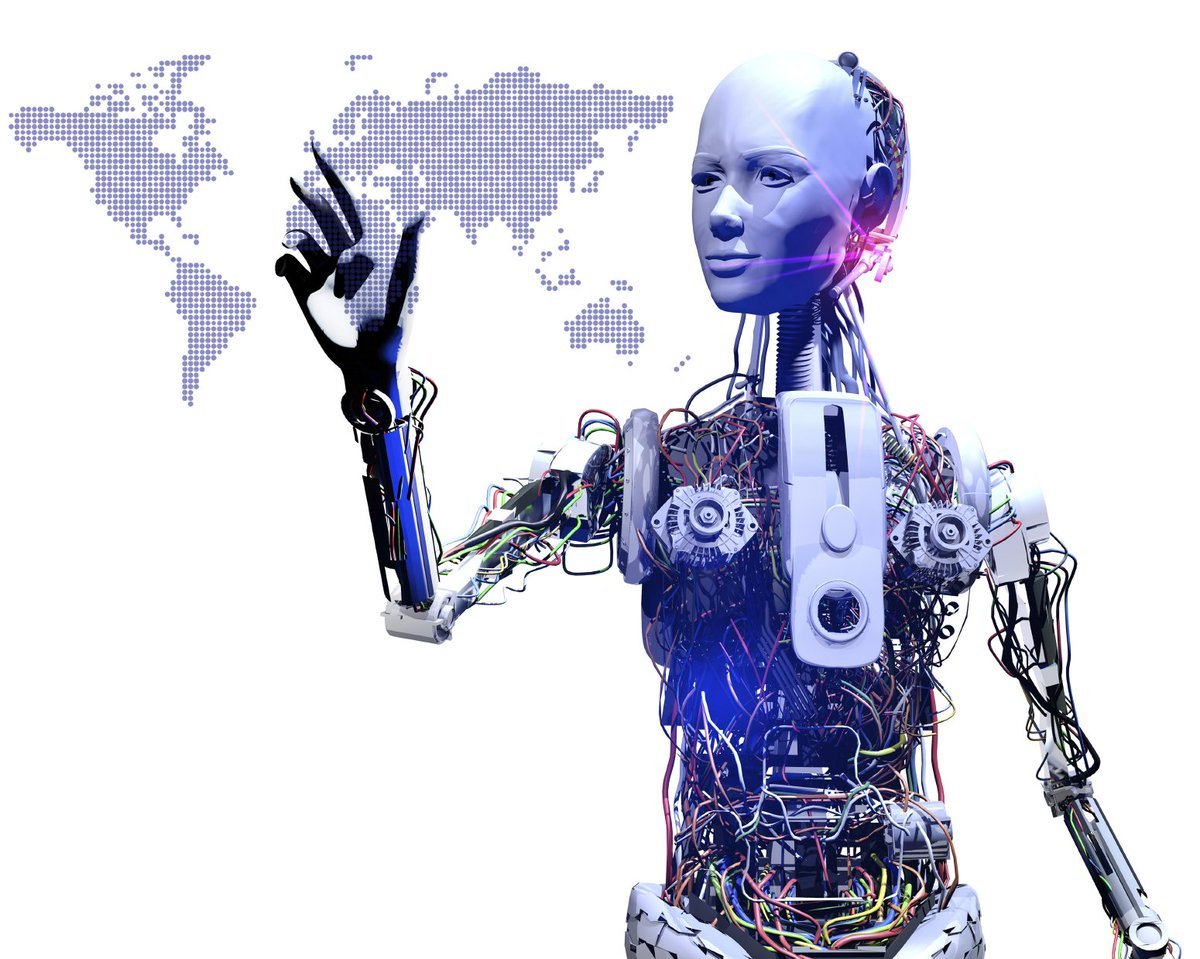The integration of artificial intelligence (AI) in the criminal justice system has the potential to revolutionize the way we approach law enforcement, sentencing, and overall decision-making. However, as we embrace this technological advancement, it is crucial to ensure that fairness and accountability remain at the forefront of these developments. In this blog post, we will explore the impact of AI in criminal justice, the challenges it presents, and the strategies needed to maintain a just and accountable system.
Understanding the Role of AI in Criminal Justice
AI has found its way into various aspects of the criminal justice system, from predictive policing to risk assessment tools used during sentencing. These applications aim to streamline processes, enhance efficiency, and reduce human bias. For instance, predictive policing algorithms analyze historical crime data to identify high-risk areas, helping law enforcement allocate resources more effectively. Similarly, risk assessment tools aim to assist judges in making informed decisions about bail, parole, and sentencing.
The Challenges of Bias and Fairness

While AI promises to improve the criminal justice system, it is not without its challenges, especially regarding fairness. One significant concern is the potential for bias in AI algorithms. These algorithms rely on historical data, which may contain inherent biases based on race, gender, or socioeconomic factors. If not properly addressed, AI can perpetuate and even exacerbate these biases, leading to unfair outcomes.
Additionally, the opacity of AI systems poses challenges for accountability. Unlike human decision-makers who can explain their reasoning, AI algorithms often operate as “black boxes,” making it difficult to understand how they arrive at their conclusions. This lack of transparency can hinder efforts to hold AI systems accountable for their decisions.
Strategies for Ensuring Fairness
To address these challenges and ensure fairness in AI-powered criminal justice, several strategies can be employed:
1. Diverse and Representative Data
To mitigate bias in AI algorithms, it is crucial to ensure that the training data used is diverse and representative of the population. This means collecting data from a wide range of sources and regularly updating it to reflect societal changes.
2. Algorithmic Fairness Audits
Regular audits of AI algorithms can help identify and rectify bias and other fairness issues. These audits should involve experts who can assess the algorithms’ performance and recommend adjustments when necessary.
3. Transparency and Explainability
Efforts should be made to improve the transparency and explainability of AI systems. Researchers are developing techniques to make AI algorithms more interpretable, allowing for better scrutiny of their decisions.
4. Human Oversight
AI should be viewed as a tool to assist human decision-makers rather than replace them entirely. Human judges and law enforcement officers should retain ultimate authority and responsibility for decisions, with AI serving as a supporting tool rather than the sole decision-maker.
5. Bias Mitigation Tools
The development and implementation of bias mitigation tools, such as reweighted training data or algorithmic adjustments, can help reduce the impact of bias in AI systems.
The Road Ahead

As AI continues to evolve and become more integrated into the criminal justice system, it is imperative that we address the challenges it presents to fairness and accountability. While AI offers the potential to enhance efficiency and reduce bias, it also requires careful oversight and ethical considerations. By implementing strategies for fairness, transparency, and accountability, we can work towards a criminal justice system that leverages AI to make more informed, fair, and just decisions for all members of society.




Leave a Reply